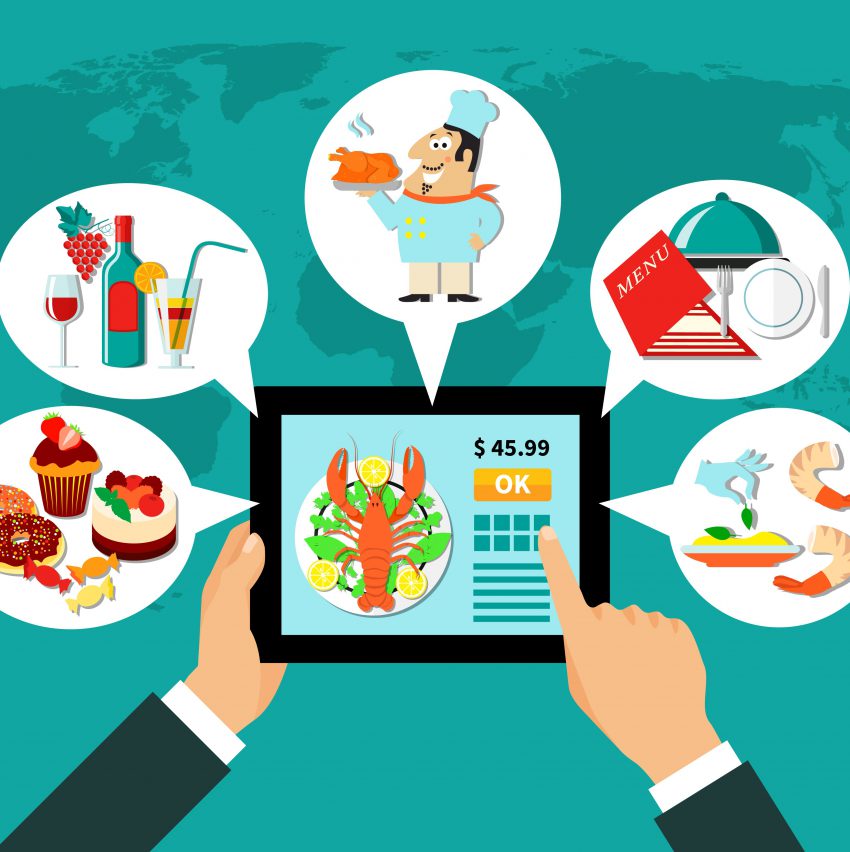A POS system might be quite helpful if you’re a business owner trying to streamline operations. In addition to handling in-store transactions, the ideal point-of-sale system can also interact with online ordering. Thus, it can help in improving customer satisfaction and making order administration easier for your employees. It might be difficult to choose the finest POS system with online ordering because there are so many possibilities. Here’s how to weigh your choices.
1. Look for a POS System with Online Ordering Integration
The main thing to think about is if online ordering is a feature that the POS system comes with or whether third-party integration is necessary. Online ordering built within a point-of-sale system will make it easier to handle and more dependable. This feature, which is available from many POS vendors, enables orders to enter the POS system straight from your website or app.
2. Prioritize Ease of Use and Flexibility
Usability is a key consideration when choosing a point-of-sale system with online ordering. To ensure that the system doesn’t interfere with your business operations, your employees should be able to pick it up fast. Whether you have a restaurant website, retail store, or another kind of business, you should look for a system that can be easily adjusted to your unique requirements. You may customize menus, prices, and promotions with the finest systems, which makes it simple and hassle-free to change your online ordering alternatives.
3. Consider Integration Capabilities
A key question to ask is: how to integrate online ordering with POS systems? There are some POS system with online ordering, but third-party apps or plugins may be necessary for others. Inventory management requires integration to provide a smooth synchronization of in-store and online sales. Seek out point-of-sale (POS) systems that work well with the marketing, delivery, and customer management tools you now use.
4. Evaluate Reporting and Analytics
Comprehensive data and analytics are provided by a strong point-of-sale system that allows online ordering. You may better understand popular items, peak ordering periods, and consumer behavior with the use of these insights. Real-time reporting is a feature of the greatest systems that provides you with immediate access to information that can guide your choices. In order to provide a full picture of the sales channels, reporting functionalities should also track online orders independently from in-store transactions.
5. Assess Customer Support and Reliability
When selecting a point-of-sale system with online ordering, customer service is crucial. A dependable support staff guarantees that problems can be fixed fast, reducing downtime and lost revenue. Examine reviews and inquire about assistance hours, particularly if your company is open outside of regular business hours. Evaluate the system’s dependability as well; make sure it has robust security features to safeguard client information and avoid interruptions.
6. Calculate Total Costs
Take into account the whole cost when selecting the finest point-of-sale system with online purchasing, including setup, monthly, transaction, and integration expenses. Make sure to account for all costs because some suppliers have cheaper upfront costs but charge more for online orders. Determine which system offers best value for your particular requirements and volume of online purchases by carefully comparing rates.
In conclusion, study and thorough evaluation of features, integrations, usability, and pricing are necessary to choose the best point-of-sale system with online ordering. You may select a system that not only satisfies current requirements but is also expandable for future expansion by knowing your company’s demands and how to link online ordering with point-of-sale (POS) systems.
